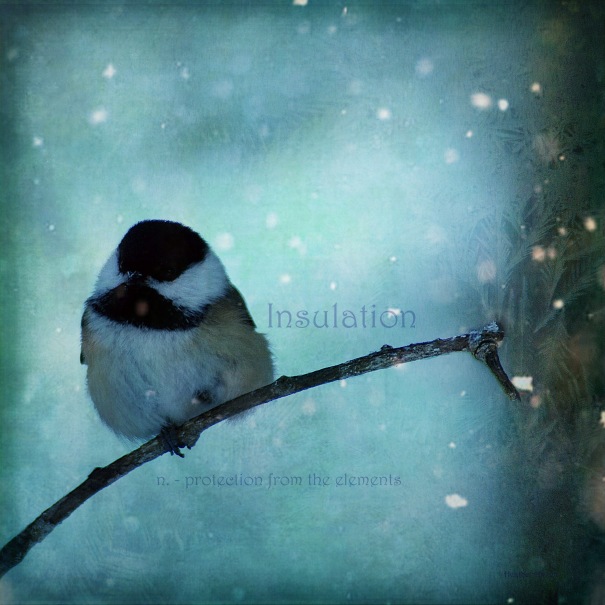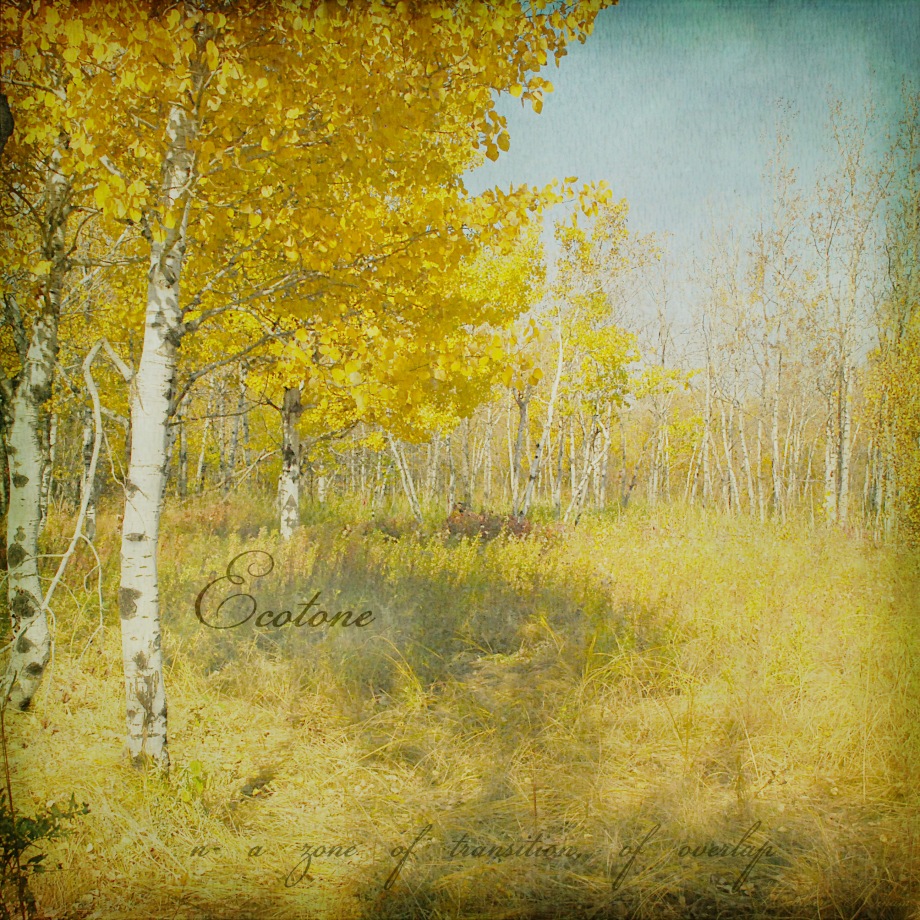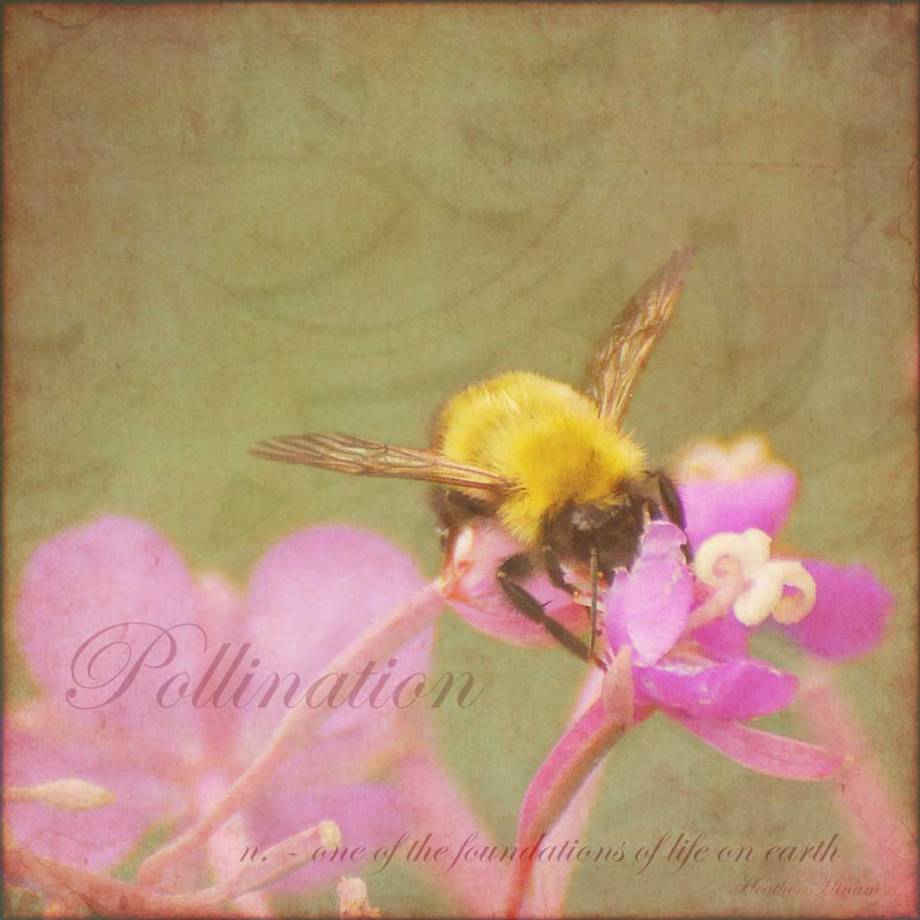 It’s been a long, long, long winter here in the north woods. Then, suddenly, it was summer. The browns and greys of last year’s decay vanished nearly overnight, replaced by the verdant greens of new growth. Flowers are coming up everywhere and the air is alive with insects. That last part doesn’t get most people up here all that excited. A large proportion of those insects at the moment are mosquitoes. However, trundling along through the clouds of bloodsuckers are the pollinators.
It’s been a long, long, long winter here in the north woods. Then, suddenly, it was summer. The browns and greys of last year’s decay vanished nearly overnight, replaced by the verdant greens of new growth. Flowers are coming up everywhere and the air is alive with insects. That last part doesn’t get most people up here all that excited. A large proportion of those insects at the moment are mosquitoes. However, trundling along through the clouds of bloodsuckers are the pollinators.
One of my favourite groups of the myriad species that call this region home are the bumblebees (Bombus sp.), the flying teddy bears of the insect world. While most members of the Order Hymenoptera, like wasps and hornets, tend to send people running in the other direction, bumblebees hold a special place in the hearts of even the most nature deprived. Their brightly-coloured, fat, fuzzy bodies, topped with almost comically small wings, coupled with their almost roly-poly nature makes even the most hardened insect-hater melt a little bit on the inside.
Unlike honeybees, bumblebees are native to North American. There are a few dozen species that have fit into just about every niche across the continent, making up what may be the most important assemblage of pollinators we have. What makes them so efficient at the job is their hairy bodies. Bumblebees feed on nectar and that is usually stored near the centre of the flower. As the bumblebee noses its way deeper into the blossom, the pollen-laden stamens brush against the insect’s body, transferring its important cargo to be transported to the next blossom.
While they do collect that nectar, bumblebees are not honey producers. Unlike the species we’re mostly familiar with, bumblebees are only semi-colonial, setting up small nests that only last for one year. It all starts once the frost is out of the ground. Queen bumblebees overwinter by themselves in the leaf litter or underground. Once she wakes up, her first order of business is finding food. With the late winter we had this year, she likely would’ve had a harder time than usual.
Once she’s managed to restore her energy levels, the queen will set up shop in a quiet, dry place like a woodpile, old rodent hole, tree cavity or even a nestbox. There, she will lay her first clutch of eggs, which she’s incubates in the most adorable fashion by sitting on top of them and ‘shivering’. To feed herself and her young larvae once they hatch, the queen gathers nectar that she stores in her nest in little wax pots.
That first generation of bees are all worker females, who quickly take over the foraging duties, bringing home more nectar and fashioning more wax pots, upon which the queen lays her subsequent eggs. Workers also take on guard and cleaning duties while the queen remains in the nest, taking a well-deserved rest and generally ruling the roost.
As the long days of summer begin to wane, the queen plans her insurance policy for the following year, laying eggs that hatch out both males and new queens. Both of these cohorts leave the nest and somehow find each other in the big, bright world outside of the colony.
Once mated, those new queens head off to find a place to hunker down for the winter while the home there were born from fades away. It’s a system that’s worked for thousands of years, ensuring the proper functioning of pretty much every ecosystem in North America. Unfortunately, now, it’s in trouble. Like most pollinators, bumblebees are facing hits from all directions. Losing both nest and food sources to habitat loss from large-scale agriculture, timber harvest and urbanization, they are also having to contend with pesticide usage turning the plants they depend on into death traps.
However, if we, as a populace, make a conscious effort to change the way we do things, curtailing bee decline is not an insurmountable problem and every individual counts. By planting bee-friendly species in your yard that come from growers you know don’t use pesticides, you’re creating a haven for these beleaguered bugs. Talk to your greenhouse owners, talk to your representatives. There’s more and more data showing that certain types of chemicals are the problem and need to be taken off the shelves and out of our food production. We’ve done it before with DDT. We can do it again.If we don’t, the world as we know it will cease to function. It’s as simple as that.
For those of you who are a little less insect-inclined, it’s also good to remember that bumblebees are nothing to be afraid of. While they can sting, they’re pretty mellow individuals and if you take precautions like not wearing strong perfumes and running around barefoot, you’ll have no trouble co-existing peacefully with these fuzzy, buzzing, beautiful and essential bugs.
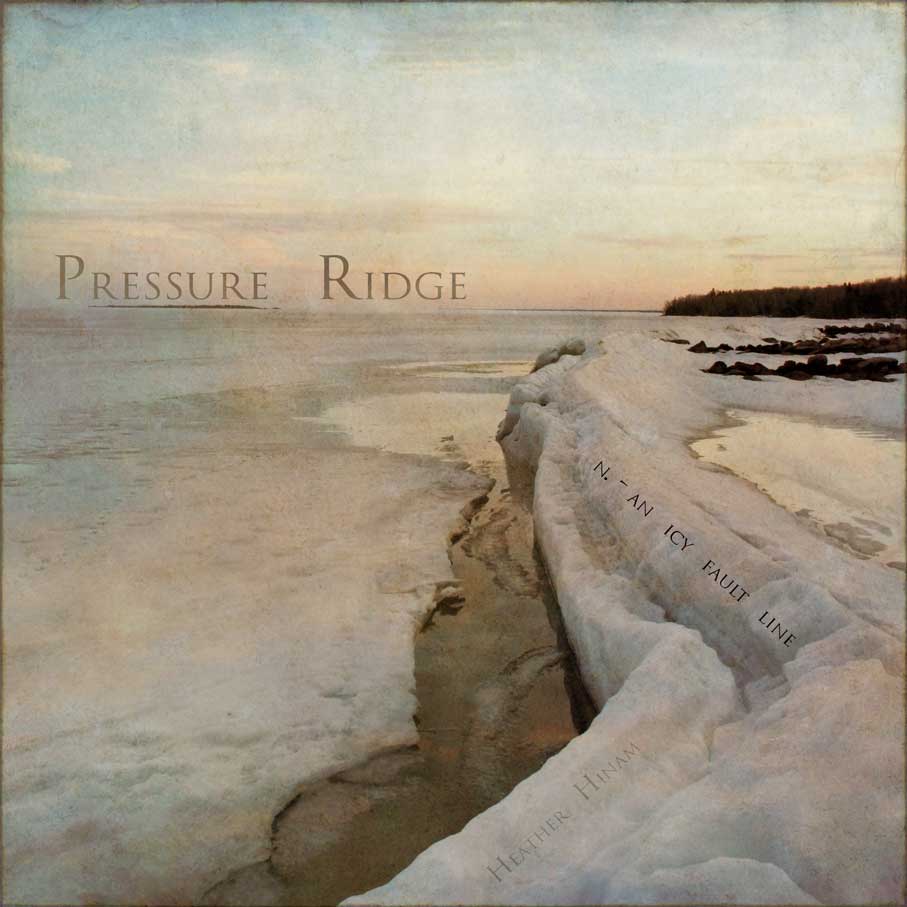
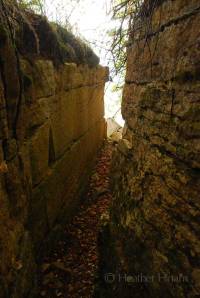
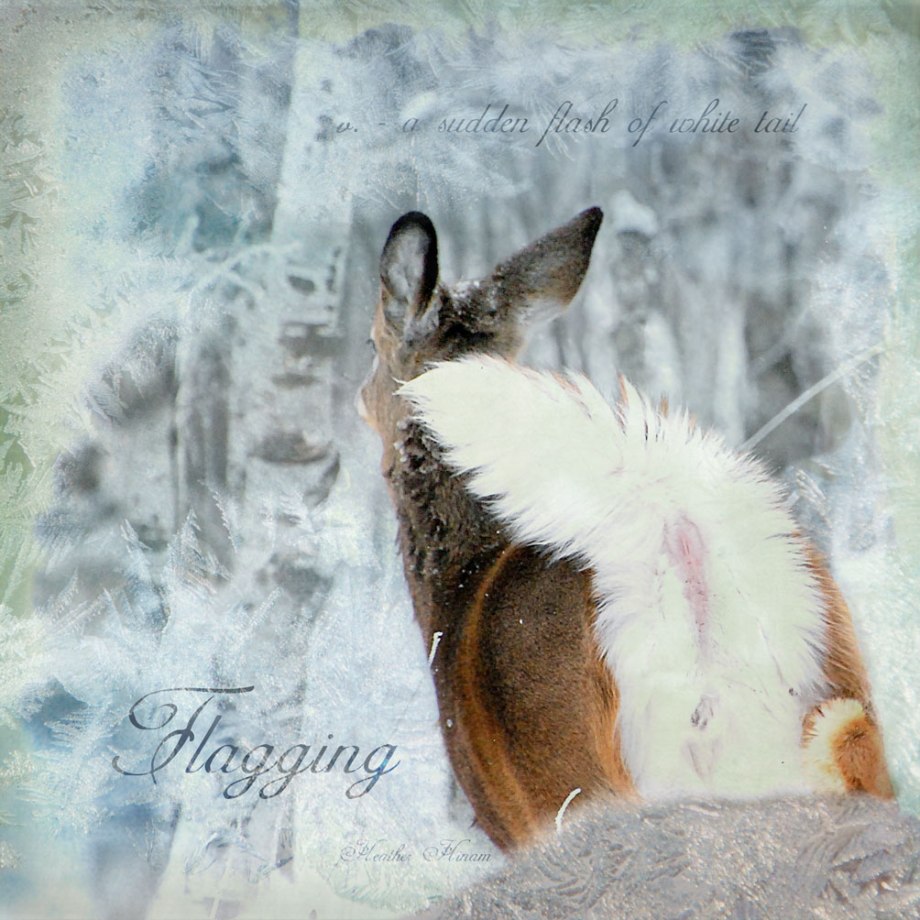
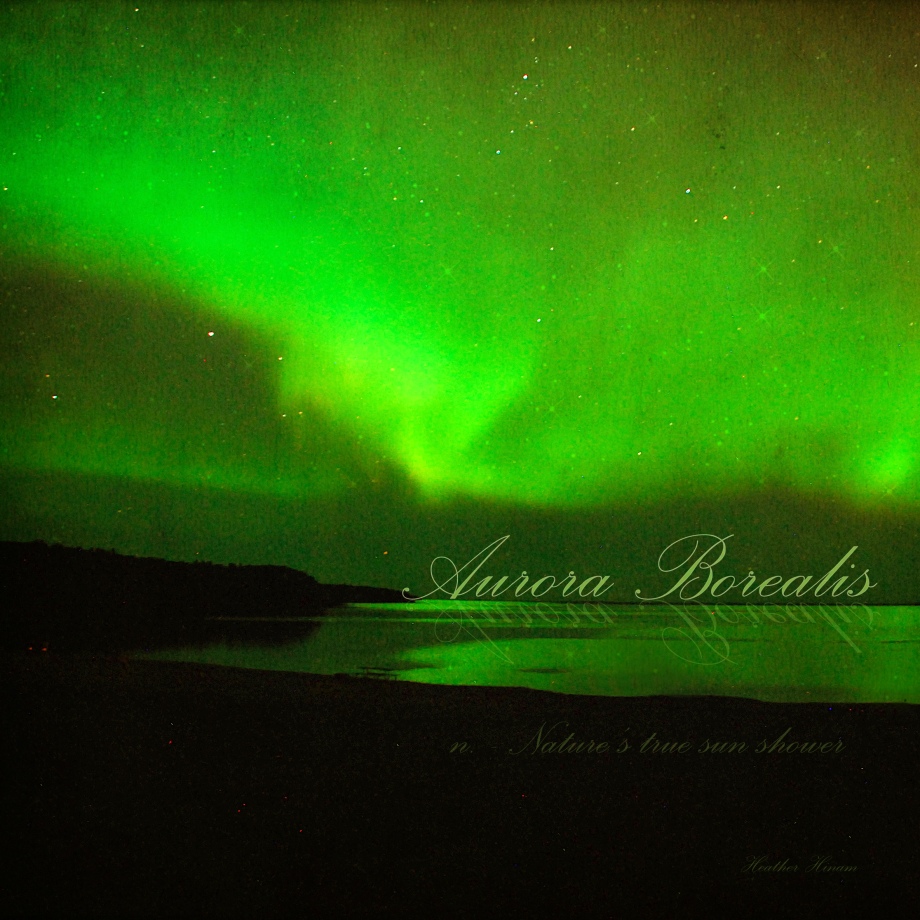 Autumn has flown by, marked by brilliant leaves and skies filled with birds winging their way to warmer climes. The bustle of the season swept me up with back to school (I haven’t taught a fall course in over 7 years) and my regular work as a naturalist/guide/illustrator, leaving this blog sitting on the shelf for a while.
Autumn has flown by, marked by brilliant leaves and skies filled with birds winging their way to warmer climes. The bustle of the season swept me up with back to school (I haven’t taught a fall course in over 7 years) and my regular work as a naturalist/guide/illustrator, leaving this blog sitting on the shelf for a while. Although growing up, I was very much a tomboy, climbing trees and mucking around in the bush and ditches near my house, my relationship with insects was more typical of most city girls. I didn’t like them. I thought nothing of swatting a house fly and I’m sad to say that I’ve run, screaming, away from a pursuing horsefly or the longhorn beetles that show up around August at the cottage.
Although growing up, I was very much a tomboy, climbing trees and mucking around in the bush and ditches near my house, my relationship with insects was more typical of most city girls. I didn’t like them. I thought nothing of swatting a house fly and I’m sad to say that I’ve run, screaming, away from a pursuing horsefly or the longhorn beetles that show up around August at the cottage.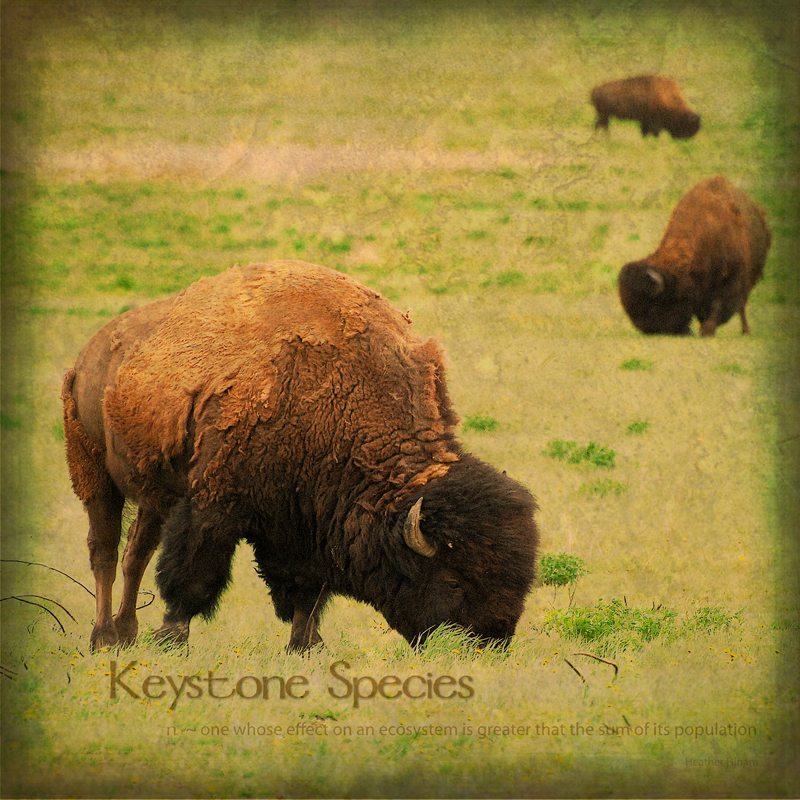 I’ve fallen behind a bit on my posts of late; but in my defence, I’ve been very busy teaching and for the first time in a while, travelling.
I’ve fallen behind a bit on my posts of late; but in my defence, I’ve been very busy teaching and for the first time in a while, travelling.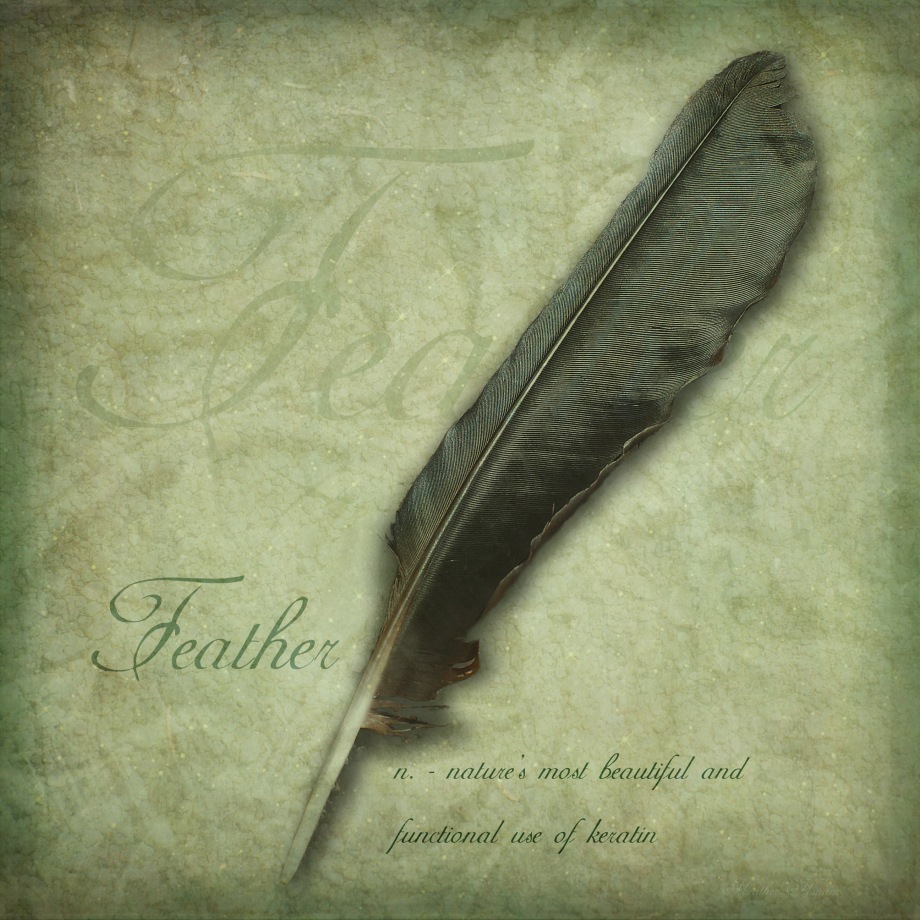 Even if you can somehow go through your entire life without ever seeing a bird, chances are very good that you will still have some experience with feathers. Whether displayed in a hatband, stuffed into a pillow or quilt or tied together at the end of a duster, feathers are a fairly ubiquitous part of the world around us and certainly the defining characteristic of the group of flying vertebrates we know today as birds.
Even if you can somehow go through your entire life without ever seeing a bird, chances are very good that you will still have some experience with feathers. Whether displayed in a hatband, stuffed into a pillow or quilt or tied together at the end of a duster, feathers are a fairly ubiquitous part of the world around us and certainly the defining characteristic of the group of flying vertebrates we know today as birds.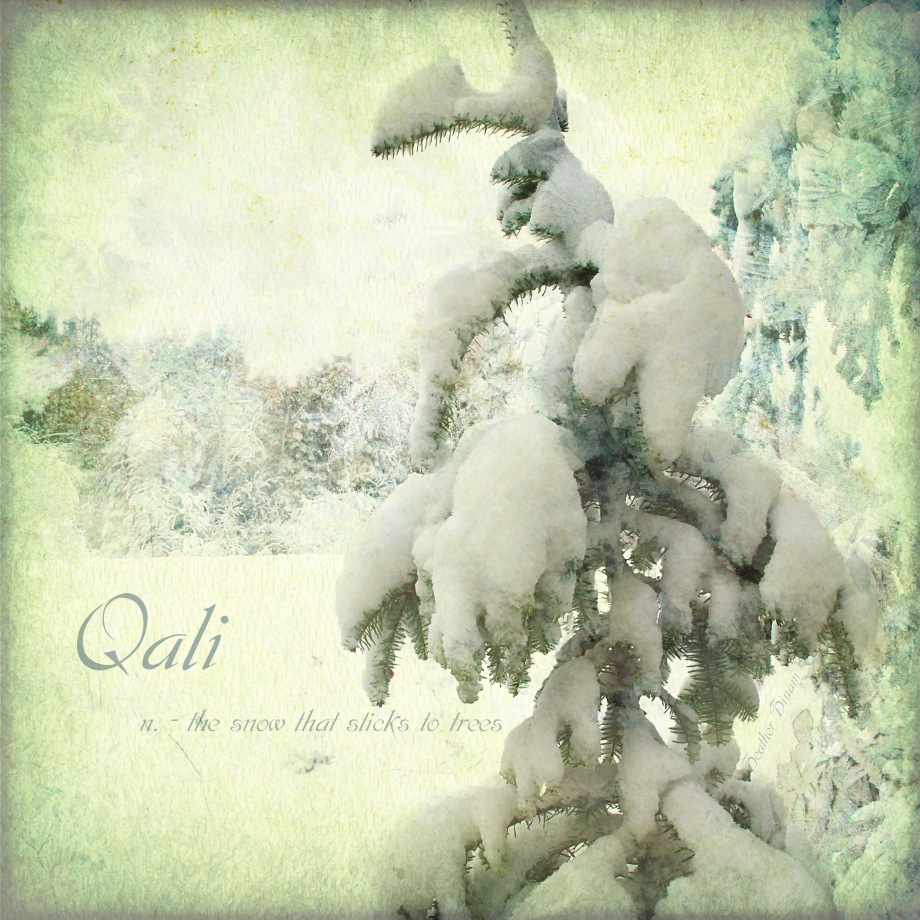 Growing up, I would hear people quote this statistic: “Eskimos have more than a hundred words for snow.” Actually, I still hear people rattle off this little ‘fact’, especially in winter. However, there are a lot of problems with this statement, not even including the fact that the indigenous people of North America’s tundra and Arctic regions are known as Inuit, not Eskimo. No, what really grates on me about this blanket statement is the implication that it’s somehow weird to have so many words to describe one thing.
Growing up, I would hear people quote this statistic: “Eskimos have more than a hundred words for snow.” Actually, I still hear people rattle off this little ‘fact’, especially in winter. However, there are a lot of problems with this statement, not even including the fact that the indigenous people of North America’s tundra and Arctic regions are known as Inuit, not Eskimo. No, what really grates on me about this blanket statement is the implication that it’s somehow weird to have so many words to describe one thing.